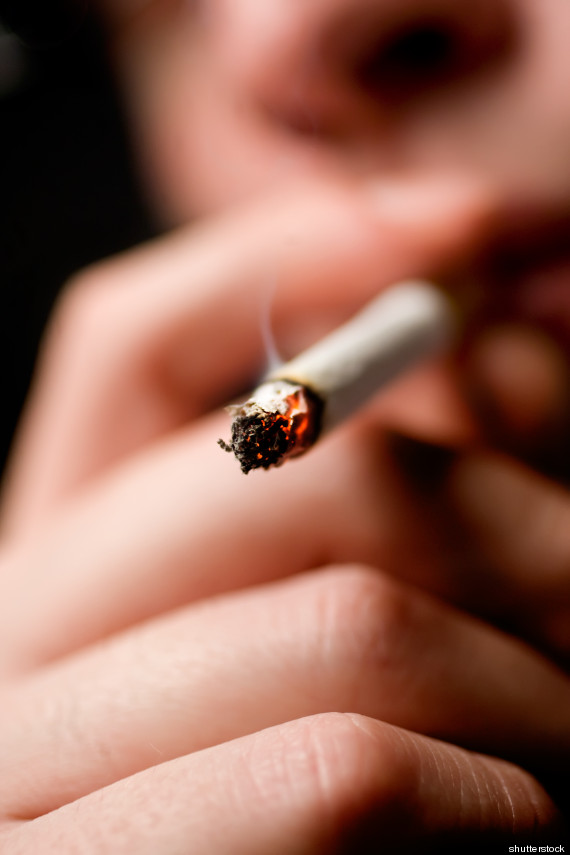“Disc degeneration is a multifactorial process that involves hypoxia, inflammation, neoinnervation, accelerated catabolism, and reduction in water and glycosaminoglycan content…
Cannabidiol (CBD) is the major nonpsychotropic phytocannabinoid of Cannabis sativa (up to 40% of Cannabis extracts). Contrary to most cannabinoids, CBD does not produce psychotomimetic or cognitive effects. Interesting, in the last years it has been suggest that CBD produces a plethora of others pharmacological effects, including antioxidant, neuroprotective, anti-proliferative, anti-anxiety, hypnotic and antiepileptic, anti-nausea, anti-ischemic, anti-hyperalgesic, and anti-inflammatory…
The present study investigated the effects of cannabidiol intradiscal injection in the coccygeal intervertebral disc degeneration induced by the needle puncture model using magnetic resonance imaging (MRI) and histological analyses…
Cannabidiol significantly attenuated the effects of disc injury induced by the needle puncture. Considering that cannabidiol presents an extremely safe profile and is currently being used clinically, these results suggest that this compound could be useful in the treatment of intervertebral disc degeneration.
http://www.ncbi.nlm.nih.gov/pmc/articles/PMC4269422/
http://www.thctotalhealthcare.com/category/spinal-cord-injury/





